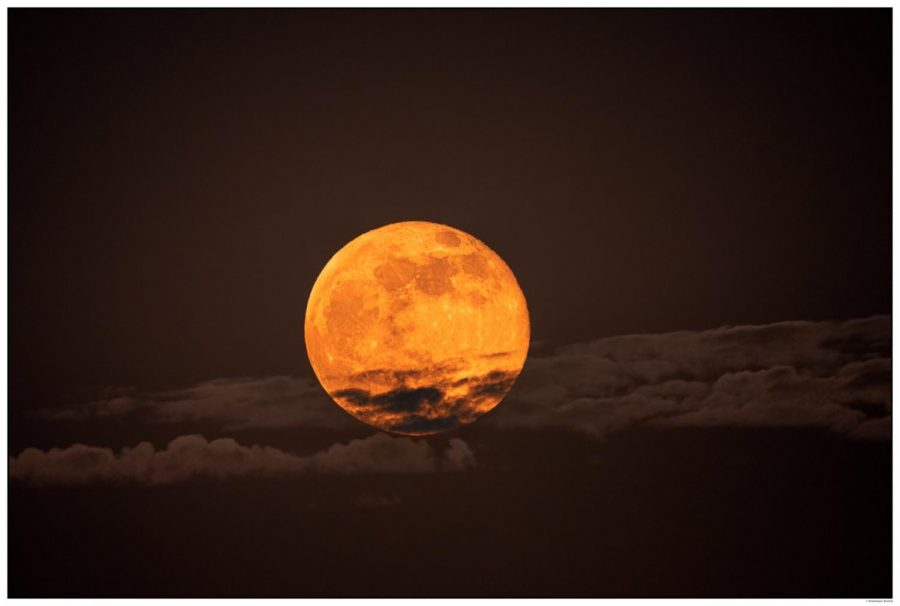Spring stargazing events: Pink moon, meteors and more
Multiple celestial events flashed across the night skies last month, and from shooting stars to big bright moons, the sky was filled with astronomical wonders.
At the start of the month, specifically April 6 and April 7, Jupiter and Saturn was visible just before sunrise alongside a crescent moon. These planets emerged in the pre-dawn skies while the moon graciously passed the gas giants.
Next up on the calendar was the Lyrid meteor shower, taking place on April 21 and 22. The best time to see these kinds of shooting stars is typically around midnight or an hour before dawn, when the sky is at its darkest.
On April 26, the biggest astronomical event of the month took place: The Super Pink Moon. It started at moonrise and stayed throughout the remainder of the night. A “supermoon” is when a full moon coincides with the moon’s perigee, so it appears larger. It is referred to as the “pink moon” because this is when the moss pink, or wild ground phlox, is in blossom.
Lastly, on April 1 and April 29, Antares and the moon was visible in the morning sky. If you looked at the sky before sunrise on both of these dates, you saw a waning gibbous moon along with Antares, the brightest star in the Scorpius constellation. Antares is also a red supergiant, meaning it will explode as a supernova one day.
All of these events took place mainly in the early morning, so if these sound appealing to you, set that alarm, grab a blanket, and head outside to see these spectacular stargazing events.







![[VIDEO] School Spotlight for Spring 2025](https://thewessexwire.com/wp-content/uploads/2020/03/westessex-475x356.jpg)
![[VIDEO] Varsity Media Day: Winter 2025](https://thewessexwire.com/wp-content/uploads/2025/02/vmd-25winter-600x450.jpg)

